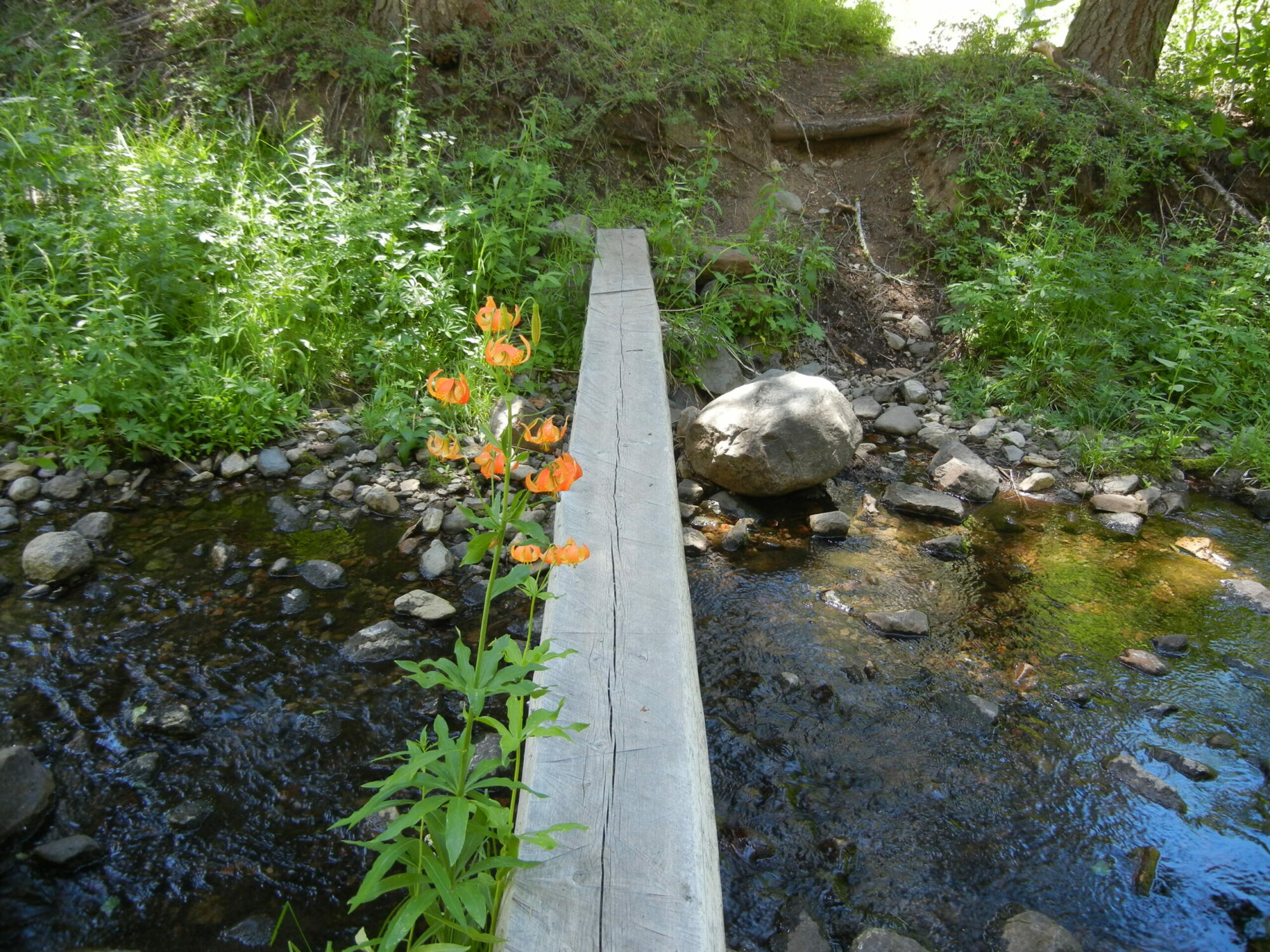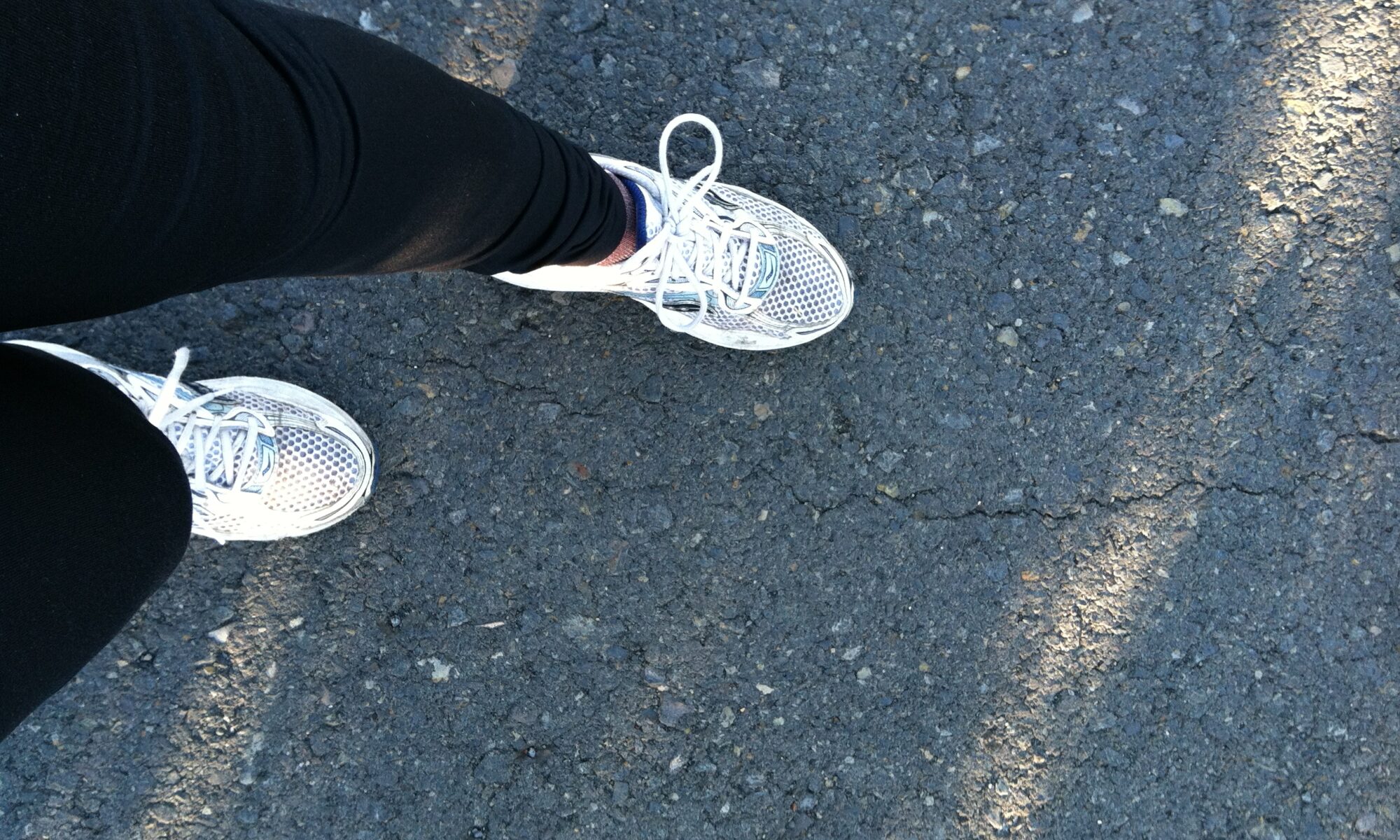Paved trails get a bad rap. Hiking snobs dismiss the paved route as a walking path for wimps.
I’m not that picky. If I have a choice, I’ll usually head out on the dirt, but I love a good paved trail and I’ve walked on plenty. I also hold this perspective close: Most ADA-accessible trails are built using pavement or crushed gravel. They are generally flat, short, and smooth, but what the traveler experiences is not diminished by the composition of the treadway. You don’t have to wear the fancy shoes with the lug soles; you don’t have to worry about burrs in your socks or boot-sucking mud or twisting your ankle in the divot left by the horsehoof. Anyone can go: Grandpa with his stuttering walk, Grandma with her walker; the baby in their stroller, the friend in their wheelchair.
Thinking this way, every path is a trail. Thinking this way, the paved trail saved hiking this year, even for snobs.
When the first shelter-in-place order was issued a year go, the parks closed. All of them. My initial response was panic. I lasted about two days, pacing circles in my yard. I’d always thought all I needed to maintain my mental health was to be outside. The pandemic taught me otherwise. I needed mileage.
Then, the blessing that is my son’s dog became even more apparent. Pandemic rules permitted us to leave the premises to walk the dog. I could walk the dog! So what if Mugi wasn’t mine: Any port in a storm. And the need to walk the dog was real—if she didn’t get her exercise, she would zoomie the house to smithereens.
Like so many of my neighbors, I took to the streets. Who knew it took three masked people, walking abreast in a phalanx, to walk a dog? We swept around each other like the wings of birds, sometimes stilling on opposite sides of the road when we recognized each other. We pounded the pavement for miles to see each other, and to let the wind wash pandemic and political doom from our heavy minds.
We are lucky here in Glen Ellen and Kenwood; we have beautiful streets. Without cars on them, they are even more beautiful. But streets are for cars, and as pandemic restrictions and fears lift, traffic will increase. Hiking on pavement will become less attractive; walkers will be driven back to the dirt. No complaints though, because dirt is normal, and we all need normal.
But I cherish the peace I’ve found hiking the double yellow line on London Ranch Road. It became the town’s stairmaster last March, so dubbed by Jack London State Historic Park’s executive director. Given a hefty lead, Mugi can range from verge to verge if I stick to the middle, walking a good four miles for my two. She has smelled the seasons change and I have watched them, from springtime wildflower blooms to the autumnal turning of the grapevines at Benziger to the blooming of moss on tree trunks with the first winter rain.
Usually, we ramble up to the park’s kiosk and back, taking in the views and the pee-mail. Usually we make way for a car or two, or more, as we walk. But the other evening, we made it all the way up the hill without meeting a soul. Standing at the kiosk in the golden hour, with the sunlight long on the earth, I couldn’t turn back. I decided to take Mugi down the paved trail to the Wolf House.
And the paved trail got magical.
In most state parks dogs are not allowed on trails, but the route to the Wolf House is an exception. The trail begins in a thicket of eucalytptus, now beautifully restored by park staff to mitigate wildfire danger. Their work has illuminated the fact that these trees were imported as a crop and planted in orderly rows, with the intent to harvest and make lumber or furniture. The wood proved lousy for both purposes, but grew into a sturdy windbreak and, as time went on, a significant fire hazard.
As we’d been on London Ranch, Mugi and I were alone on the trail. We walked down past the vineyards, glowing in the last of the daylight. We walked down through the hollow, where the no name stream ran with just enough water to babble and the ferns grew thick on the embankment. We climbed past the trail to Jack and Charmian’s gravesite, rising into sunshine in the greening meadow before making the final descent to the Wolf House ruins.We made a slow circle around the house, walking slowly, quietly. The crowns of the redwoods were bright, and the sun shot a final burst of brightness through the stone windowframes before it dropped behind the shoulder of Sonoma Mountain.
Then we headed home, still alone in the gloaming. Back through the patch of meadow, back through the hollow, to the junction with the dirt trail that leads up to the House of Happy Walls. I clutched at a memory that this path was also dog-legal; I balked at the thought of leaving the pavement. But only for a moment. I’m a dirt girl at heart. As we climbed the narrow track toward the House of Happy Walls, I swallowed a bug. This, I thought, is my punishment for breaking the rules. Then the trail surface changed to weathered asphalt, and I exhaled my guilt. I was right; dogs were allowed. The bug was just a protein supplement. Every hiking snob knows that.



